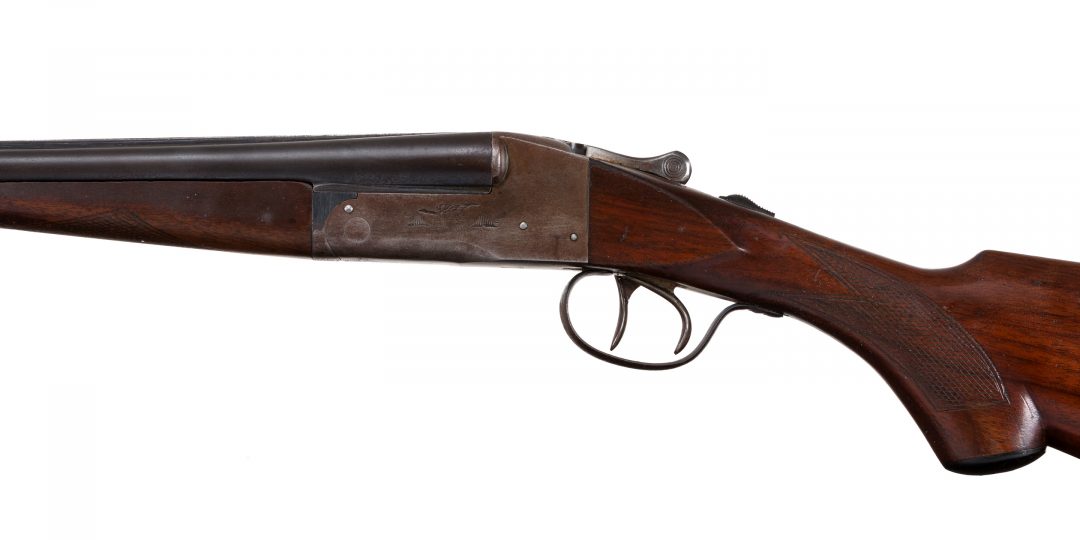

It is quite true, and most unfortunate, that our activity in the province of double-barreled guns has all but gone to complete decay, though there was a time when the race was keen, indeed. But if the American double-gun buff tends to feel apologetic about this, he does so without full justification. From elsewhere in Europe, too, have come some fine examples of twin-tube artistry. Names such as Purdey, Boss, Westley Richards, Greener, Holland & Holland and others are known the world over. “The British have long been recognized for the excellence of their side-by-side scatterguns. LeFever, Sons & Company with his three sons. After this enterprise he went into business alone as LeFever Arms Company but then lost controlling interest of it. Then with John Nichols, they partnered as Nichols & LeFever. After that, he formed Barber & LeFever with Lorenzo Barber. Then he hooked up with Francis Dangerfield and created Dangerfield & LeFever. Then he formed a partnership with James Ellis forming LeFever & Ellis. He started with his own gunshop making muzzle-loading rifles. While reading about his life, I cannot help but think that he may have accomplished even greater innovations in gun making if his business life was more stable and steady rather than bouncing from one partnership to the next. LeFever was a gun maker his entire life (Aug– October 29, 1906) but throughout his career he was troubled by a series of business partnerships that dissolved and forced him to start over. He invented the hammerless shotgun in 1878. His hard work allows you to close the breech of the shotgun and fire without having to cock back two cumbersome hammers to fire the shotgun. If you have ever fired a modern side-by-side or over-and-under shotgun, you are the beneficiary of his innovation.

Daniel Myron LeFever might not be a name that many people are familiar with but he is marked in history as a great American inventor.


 0 kommentar(er)
0 kommentar(er)
